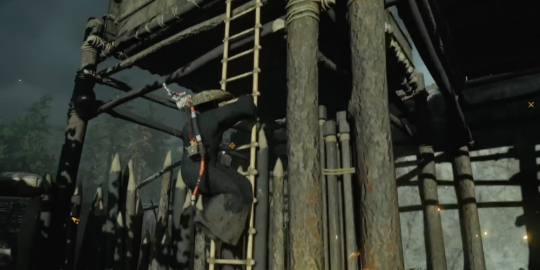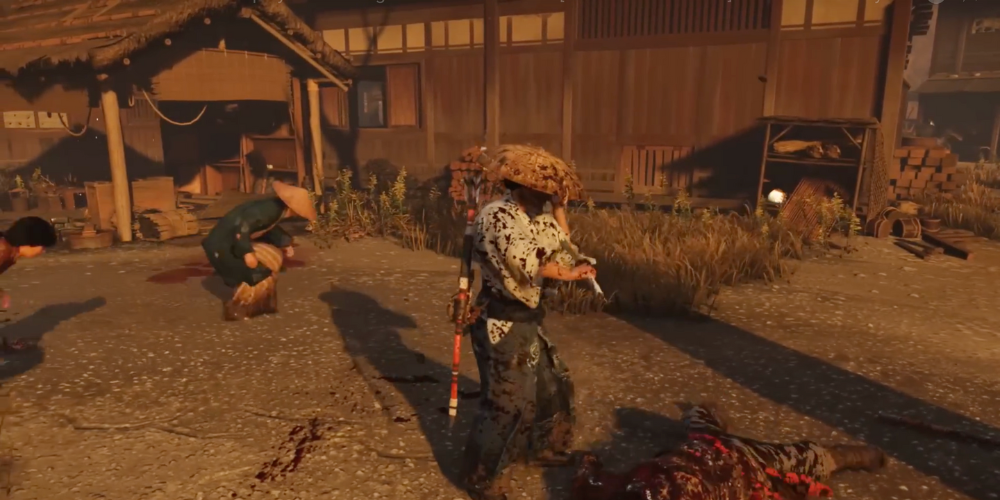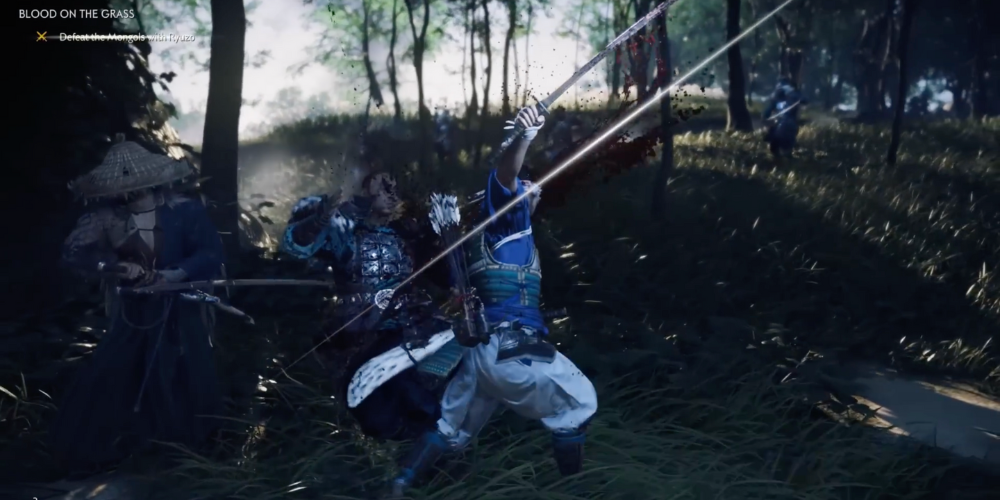
In the realm of video games, few places have captured the imagination and hearts of players quite like the island of Tsushima in the critically acclaimed title, Ghost of Tsushima. This virtual rendition, while inspired by its real-world counterpart, is a land rich with history, myth, and uncharted mysteries waiting to be discovered. Set during the first Mongol invasion of Japan in 1274, the game artfully blends historical events with fictional elements, offering gamers an expansive world that is both immersive and engrossing. This aims to uncover the layers of lore, legend, and beauty that make Tsushima Island a masterpiece of digital storytelling and design.
The Landscape of Tsushima: A Tapestry of Nature
Tsushima Island, as depicted in Ghost of Tsushima, showcases a diverse and breathtaking landscape that varies from serene forests and tranquil temples to war-torn villages and rugged coastlines. The meticulous attention to detail from the developers at Sucker Punch Productions brings every inch of this fascinating island to life. Players can observe the changing of seasons, from the vibrant cherry blossoms of spring to the golden leaves of autumn, each period enveloping the island in a unique atmosphere and influencing the tactics and strategies needed to navigate the land.
Mythical Locations and Their Lore
Apart from its historical significance, Tsushima is steeped in folklore and mythology that is intricately woven into the narrative of Ghost of Tsushima. Sacred Shinto shrines, hidden hot springs, and ancient forests are not only breathtaking vistas but also pivotal elements that reveal the island’s spiritual depth and cultural heritage. Among these, the Inari Shrines stand out as serene sanctuaries dedicated to the kami (spirit) of agriculture and fertility, offering players a path to connect with the divine and strengthen their bond with their trusted horse companion.
Historic Battles and Samurai Legacy

The Mongol invasion serves as the backdrop for the overarching narrative of Ghost of Tsushima, highlighting the resilience and bravery of the island’s samurai defenders. The game meticulously portrays the differing philosophies between the honorable code of the samurai and the guerrilla tactics that the protagonist, Jin Sakai, must adopt in his quest to protect his home. This dichotomy not only adds depth to the gameplay but also enriches the story, providing a glimpse into the complexities of samurai culture and the difficult choices that come with defending one’s homeland against overwhelming odds.
The Soundtrack: Echoes of Tsushima
Complementing the visual splendor of Tsushima Island is its mesmerizing soundtrack. The game’s music, a masterful blend of traditional Japanese instruments and haunting melodies, plays a crucial role in immersing players in the game’s world. Each note and chord evokes the spirit of ancient Japan, enhancing pivotal moments of the narrative and intensifying the beauty of Tsushima’s landscapes. The soundtrack serves as an auditory bridge to the past, capturing the soul of the island and its saga.
The Art of Combat: A Dance of Steel

At the heart of Ghost of Tsushima is its combat system, a refined and flexible mechanism that encapsulates the essence of being a samurai. Players can engage in meticulously choreographed duels that require precision, timing, and an understanding of multiple fighting styles. The Stance system allows players to adapt their combat technique to different enemies, from heavily armored foes to swift and agile attackers. This challenging yet rewarding fighting style captures the thrill and tension of samurai combat, making every encounter a test of skill and strategy.
Exploring the Unseen: Ghosts and Legends
One of the game’s most intriguing elements is its exploration of the supernatural and the stories of ghosts and legends that permeate Tsushima’s history. Through side quests and hidden locations, players can uncover tales of vengeful spirits, mythical creatures, and cursed places that add layers of mystery to the island. These stories not only provide additional context to the game’s setting but also showcase the developers' creativity in incorporating Japanese folklore into the game’s world, inviting players to look beyond what is seen and question the nature of truth and myth.
Community and Culture: The Heart of Tsushima

Beyond its landscapes, battles, and myths, Ghost of Tsushima presents a deeply moving portrayal of community and culture. Through interactions with villagers, samurai, monks, and thieves, players gain insights into the everyday lives of Tsushima’s inhabitants. These narratives reveal the perseverance of the human spirit in the face of adversity and the importance of unity and tradition in preserving one’s way of life. It is in these moments that players truly connect with the island, seeing it not just as a battleground but as a home worth fighting for.
The Role of the Player: Shaping the Future of Tsushima
As Jin Sakai, players have the profound responsibility of guiding Tsushima through its darkest hour. Through their choices and actions, players influence the course of the narrative, deciding the fate of the island and its people. This offers an opportunity to step into the shoes of a samurai, confronting the moral ambiguities of war and survival. The game challenges players to consider the consequences of their actions, making the journey through Ghost of Tsushima not only a test of skill but of character as well.
Conclusion: A World Awaiting Discovery
Ghost of Tsushima is more than just a game; it is a vibrant, living tapestry of culture, history, and legend. Its island, with all its beauty and brutality, serves as a poignant backdrop to a tale of courage, sacrifice, and determination. The secrets of Tsushima are manifold, lying in wait for those brave enough to seek them out. Whether you're captivated by its haunting landscapes, intrigued by its complex characters, or spellbound by its tales of ghosts and samurai, Tsushima Island offers a journey unlike any other. In unveiling its secrets, players find not only adventure but a deeper understanding of the human experience, a treasure that remains long after the game is over.